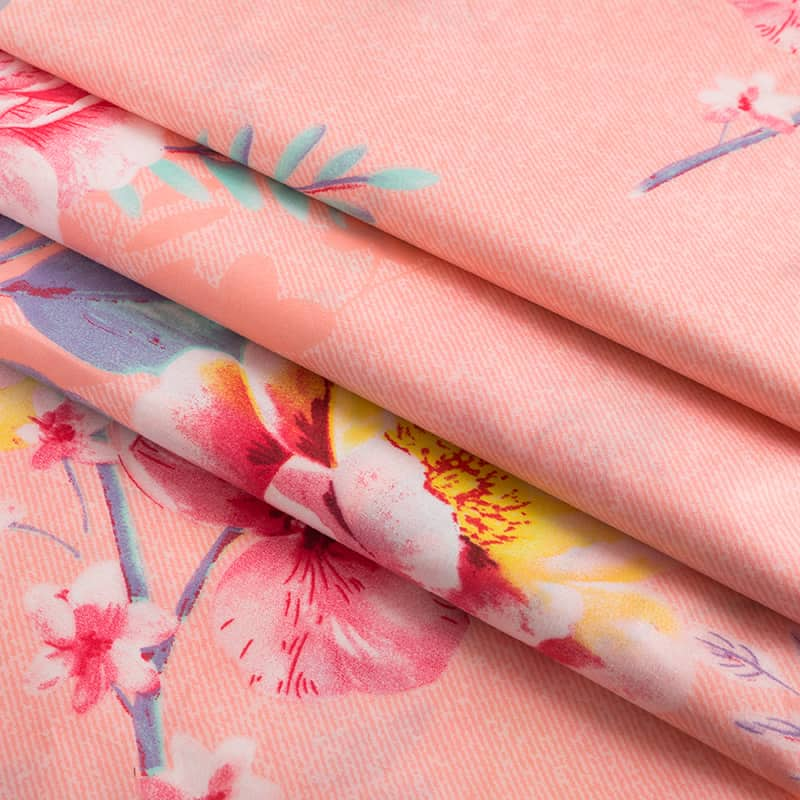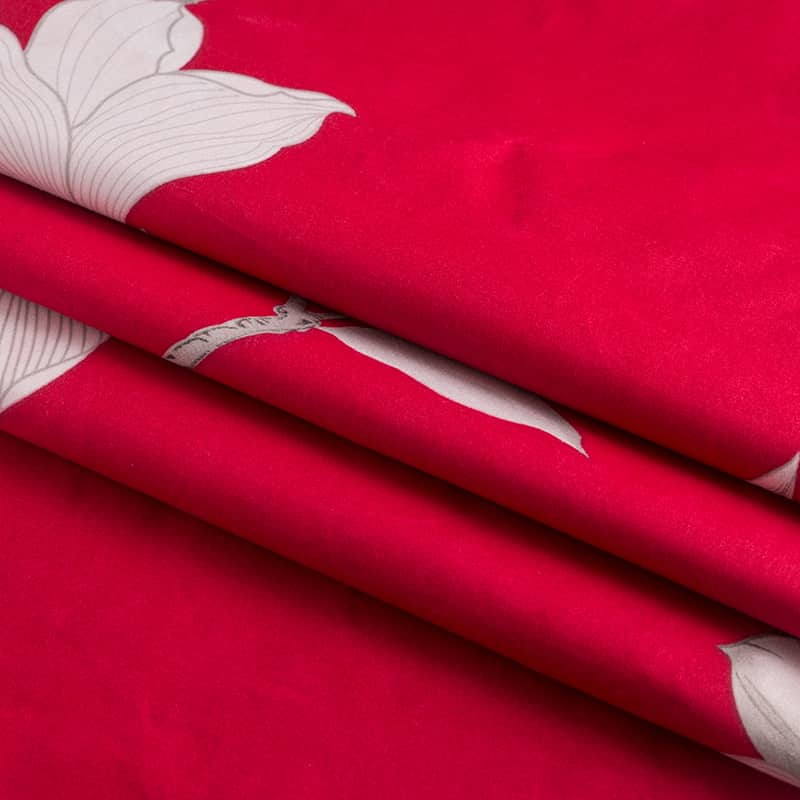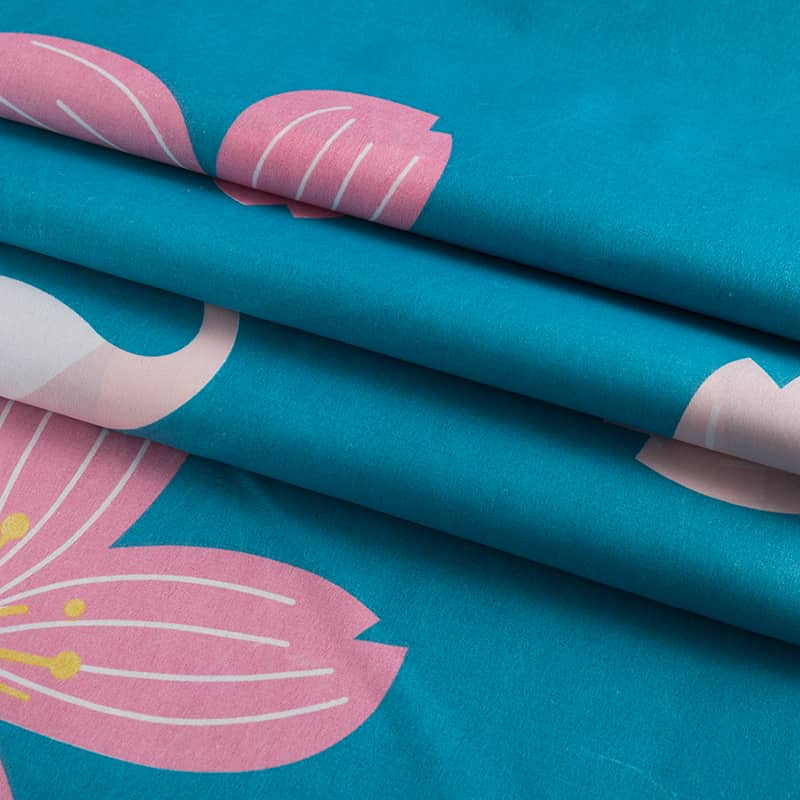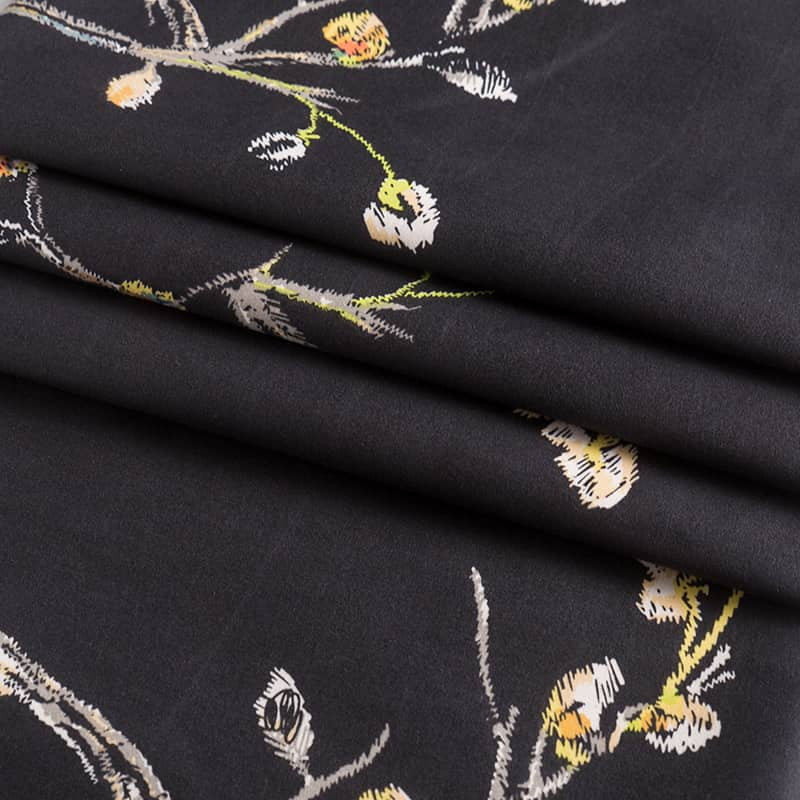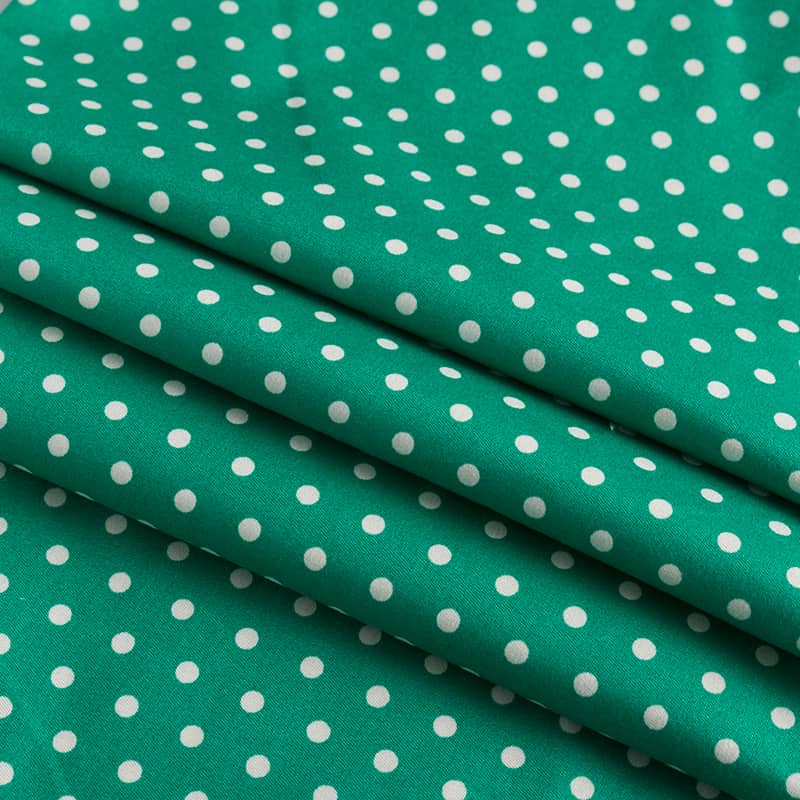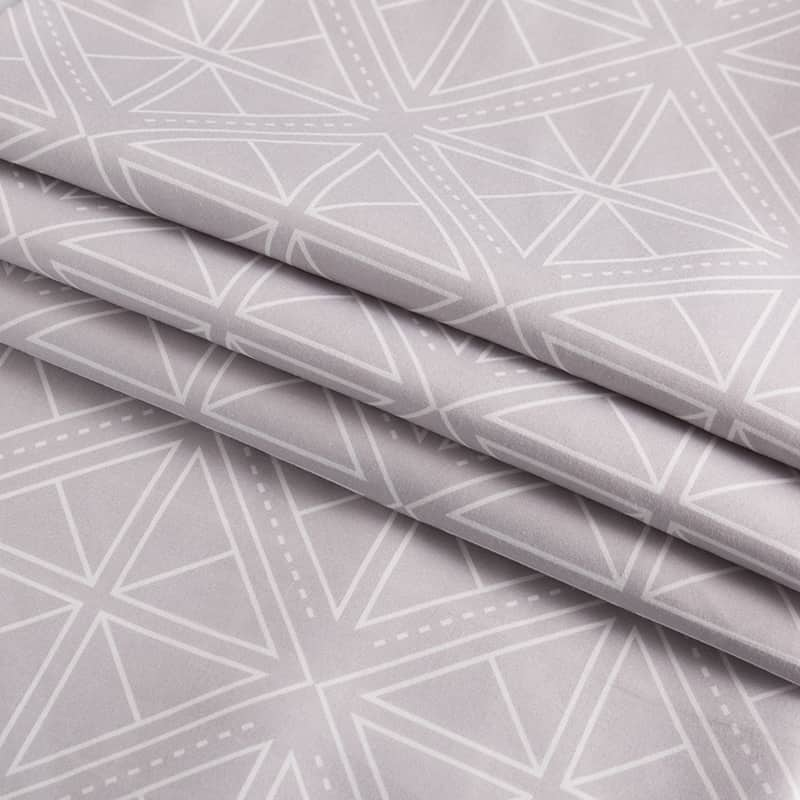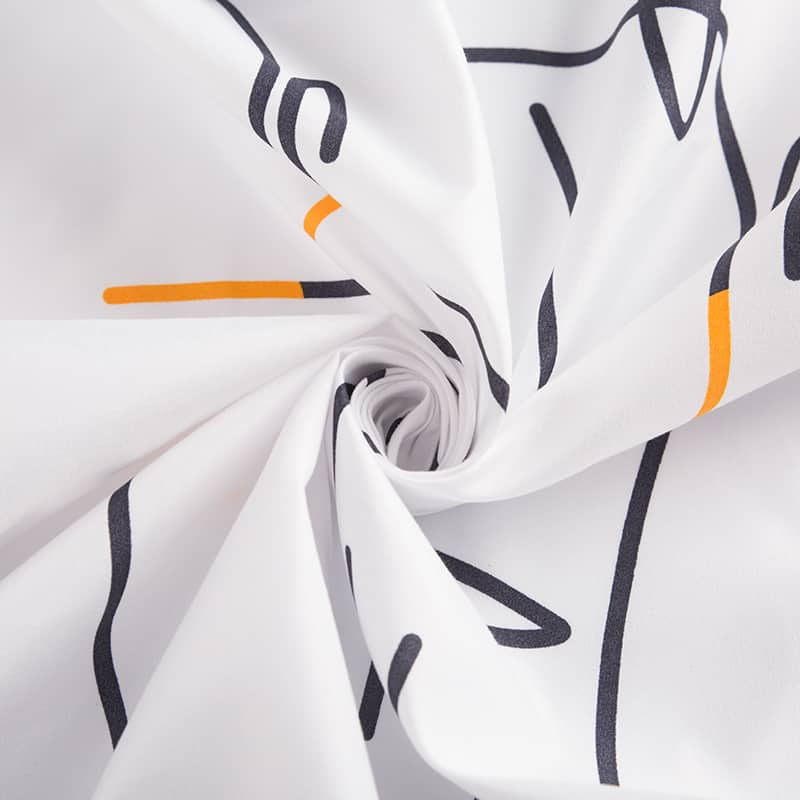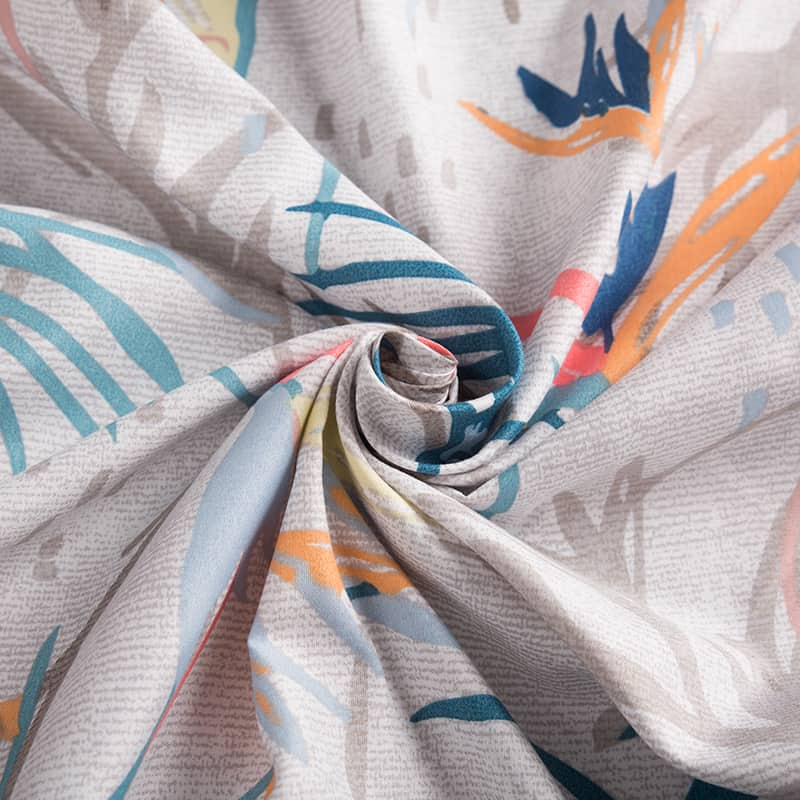100% polyester chemical fiber imitation batik fabric clothing fabric super wax african style microfiber
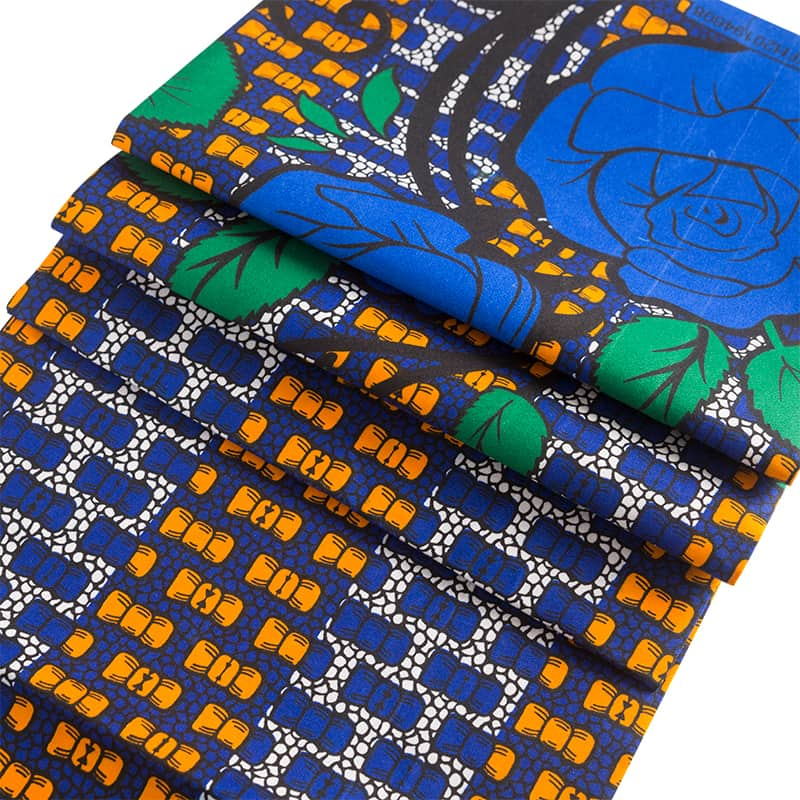
Most of our polyester fabrics are used in the production of home textile products, which are the raw materials of home textile products. There are thousands of design drawings for customers to choose from. They have a soft feel and strong quality, and can provide products of different specifications according to customer needs.
Some are desirable, while others are undesirable. But the most commonly used are nylon and polyester. These two fabrics are easy to care for, are water repellent, and are not prone to wrinkling.Nylon and polyester are both elastic, so they blend well with other fibers. Their properties are also similar to silk, making them comfortable when hot. Both fabrics are water repellent and durable, so they are commonly used for swimwear.Other types of synthetic fibres include acrylic and polyolefin. These are commonly used in home furnishings, and for textiles such as texturised clothing. Acrylic is used for sweaters, socks, and fleecy textiles. Polyolefin is used for ropes.Recycled polyester fabric is a great way to reduce the environmental impact of your wardrobe.
It enables you to reduce the amount of water and bottles in landfills, as well as the harmful emissions produced from incinerators. In addition, it is also easier to wash.Polyester is a popular choice among consumers, particularly in the fashion industry. The fiber is inexpensive, breathable, and durable. Yet, the production of polyester is a highly polluting process.Polyester is a synthetic material that is made from crude oil and lots of water. While it may be a lightweight material, it does not breathe as easily as cotton. This can make the wearer sweaty.Plastic is one of the most abundant materials in our oceans. Eight million metric tons of plastic enter the sea each year, causing problems for marine life. If this pace continues, by 2050, the oceans will have more plastic than fish.The fabric of choice for many garment manufacturers, polyester is a durable and versatile fiber that is widely used.
It is inexpensive, lightweight and has a number of properties that make it a suitable candidate for various applications.Polyester's strengths include abrasion resistance and water repellency, as well as high durability. It is also a good material for UV protection.Polyester is also a good option for sportswear. Some examples of this are waterproof socks and headbands. However, the fabric is not always comfortable on sensitive skin and it can hold onto odors. In addition, it is not biodegradable.One of the best things about polyester is that it can be treated to make it water repellent and quick drying. Another advantage is its ability to be machine washable. This, combined with its low moisture regain value, makes it a great option for many sportswear products.Polyester's shortcomings include its lack of breathability. It may also be difficult to remove grease or oil from the surface.

 英语
英语 西班牙语
西班牙语
